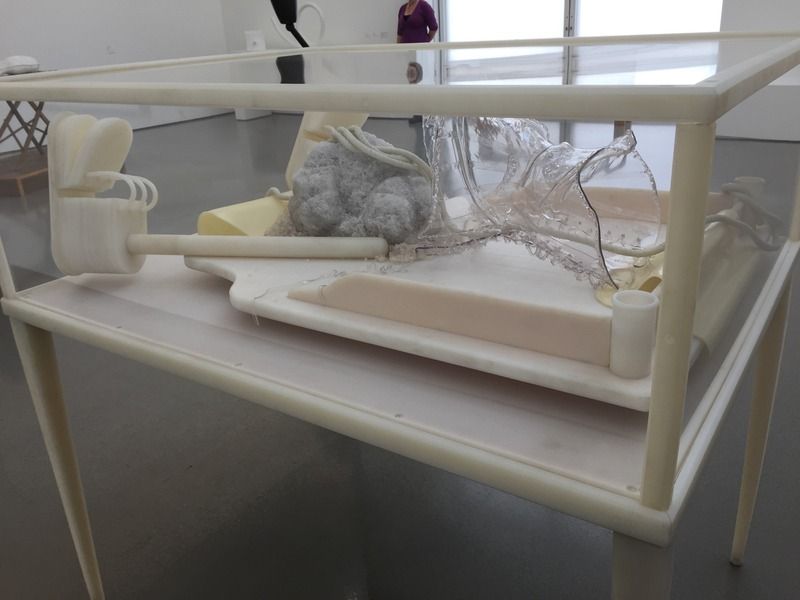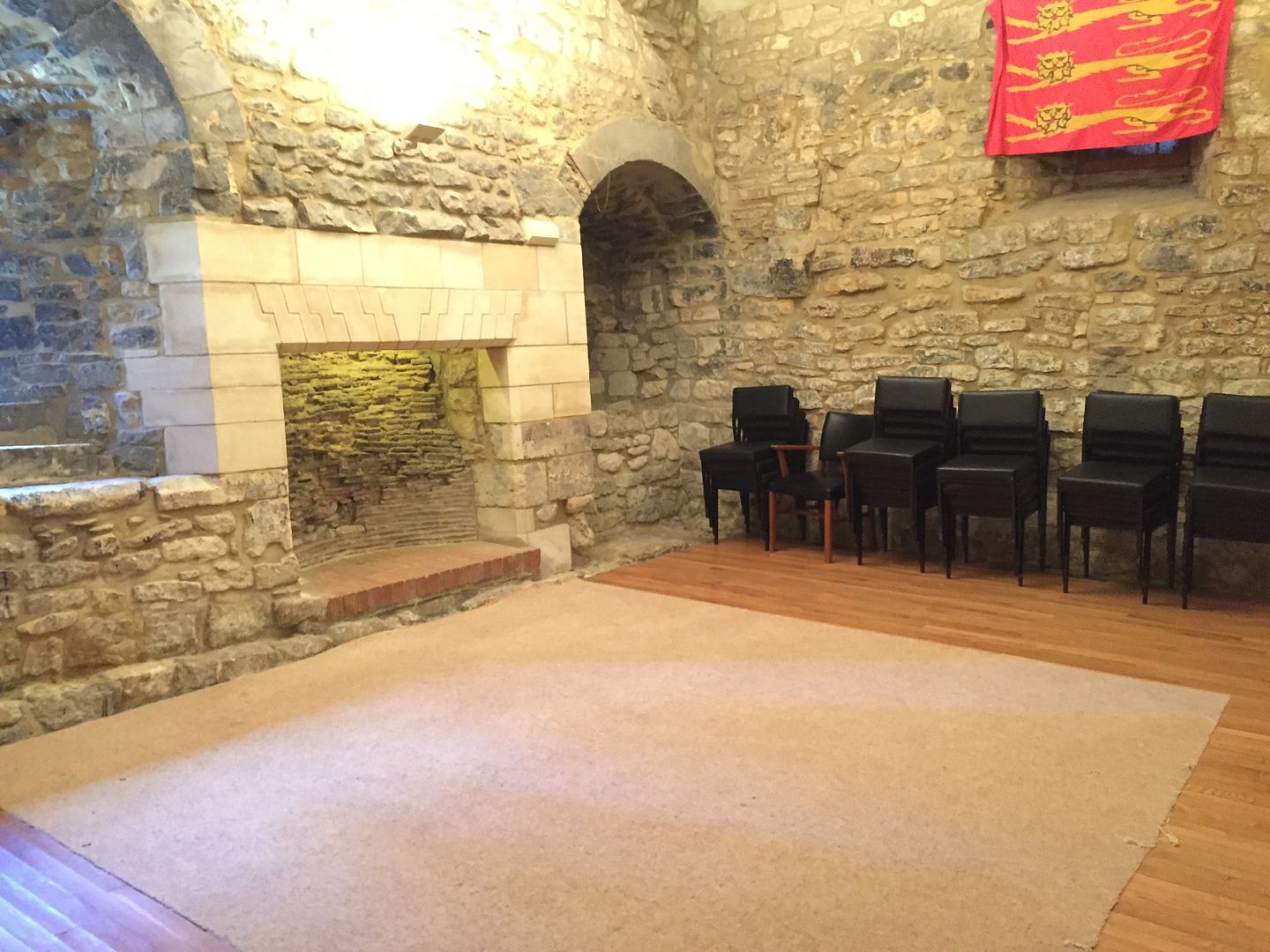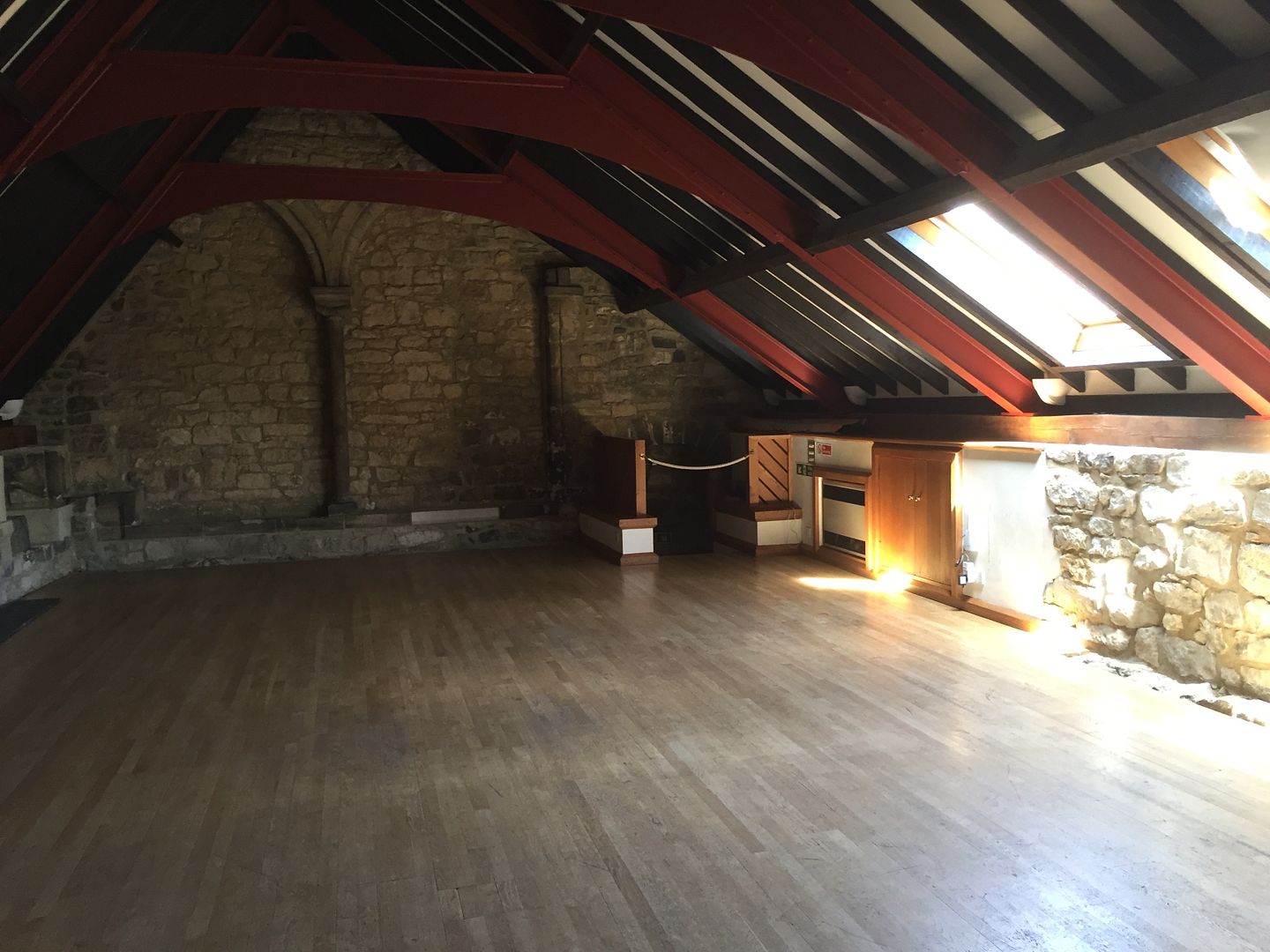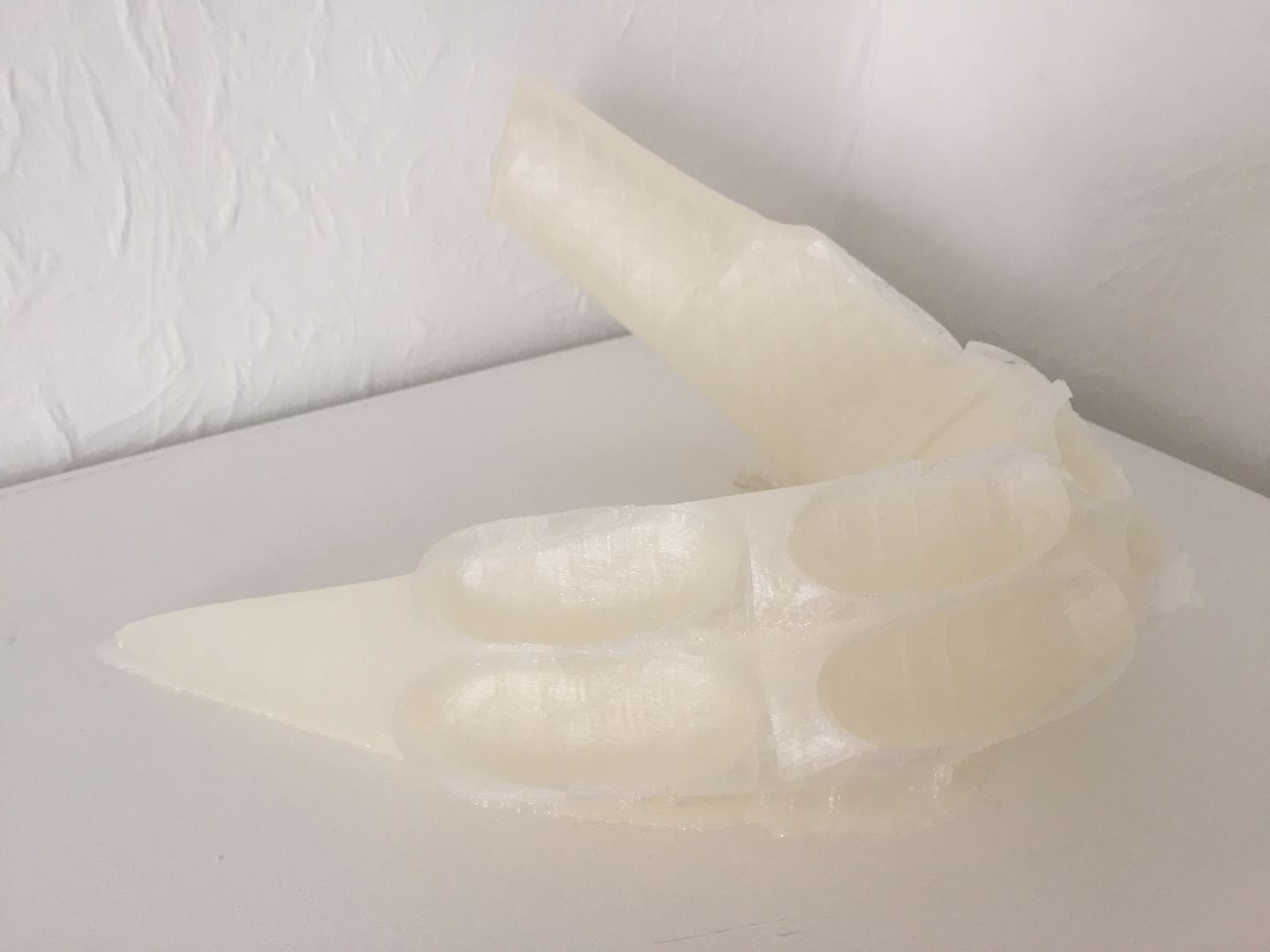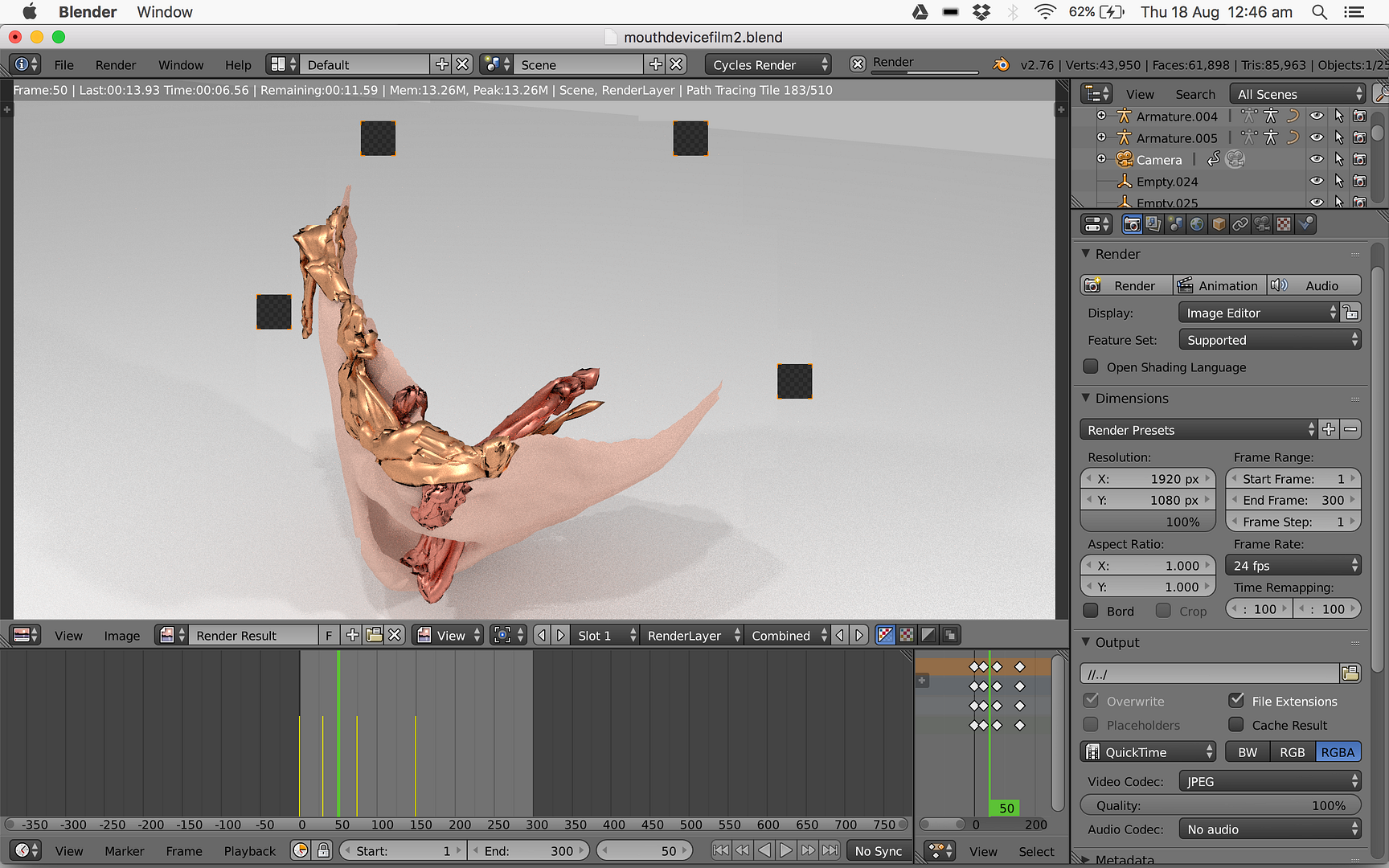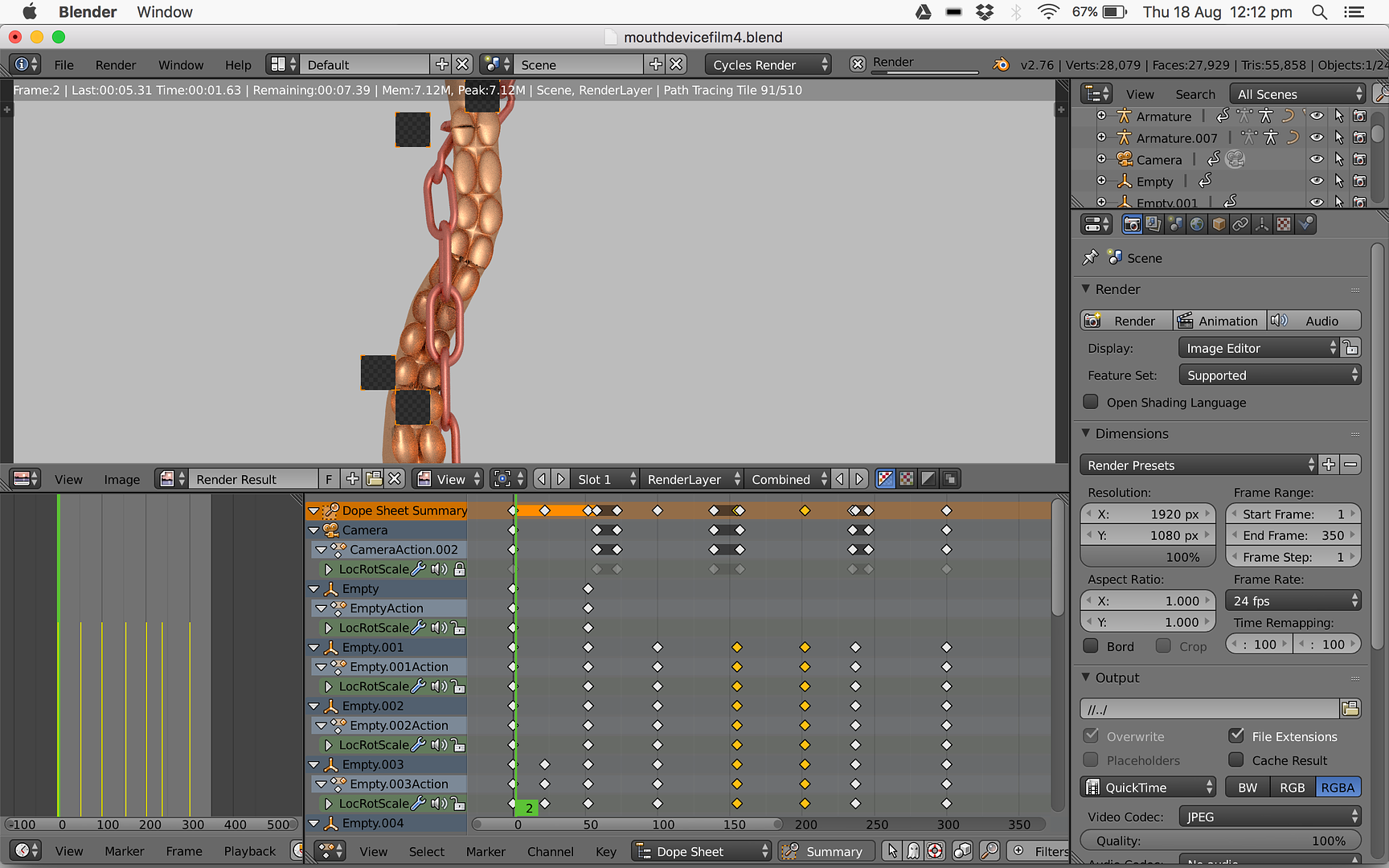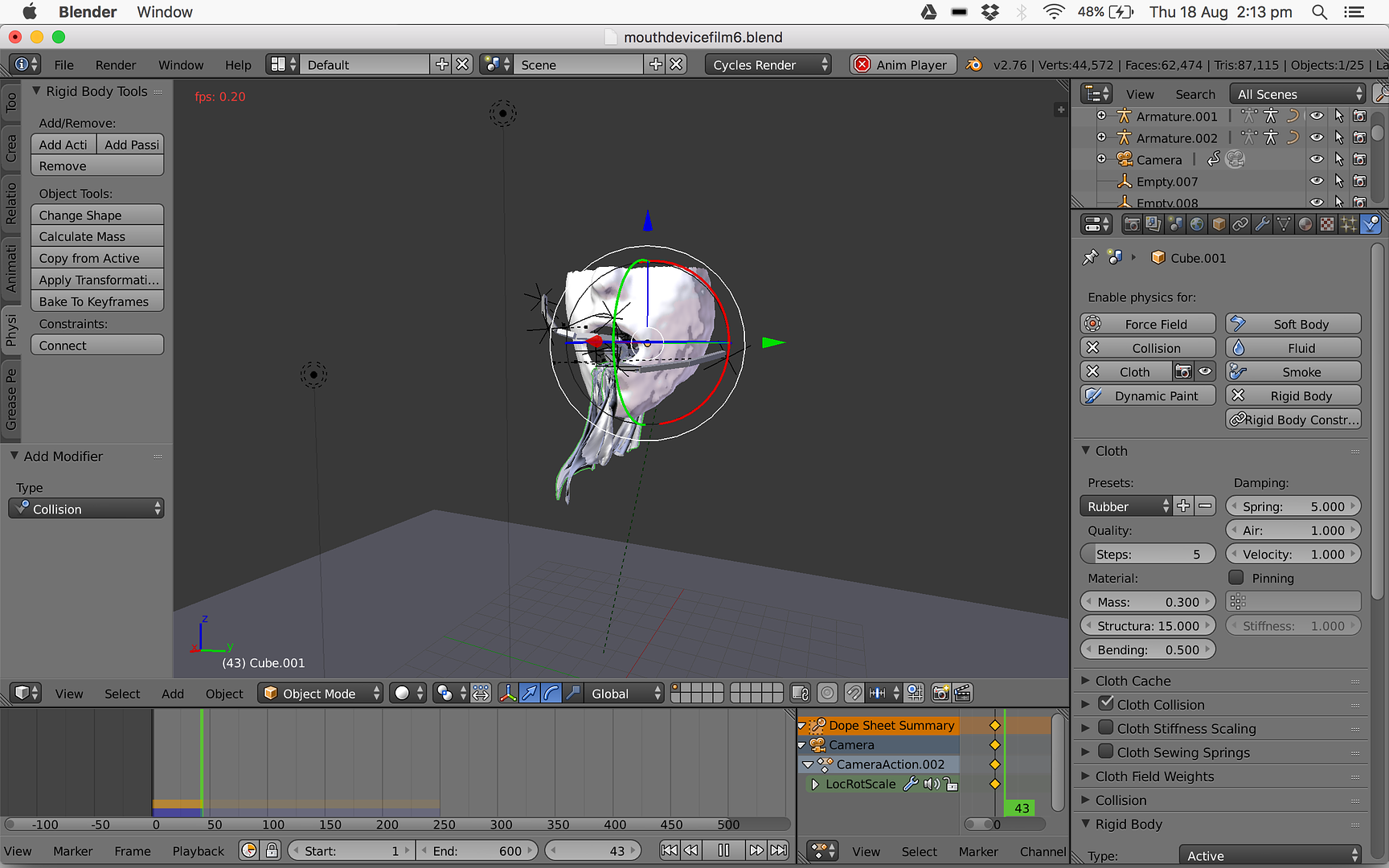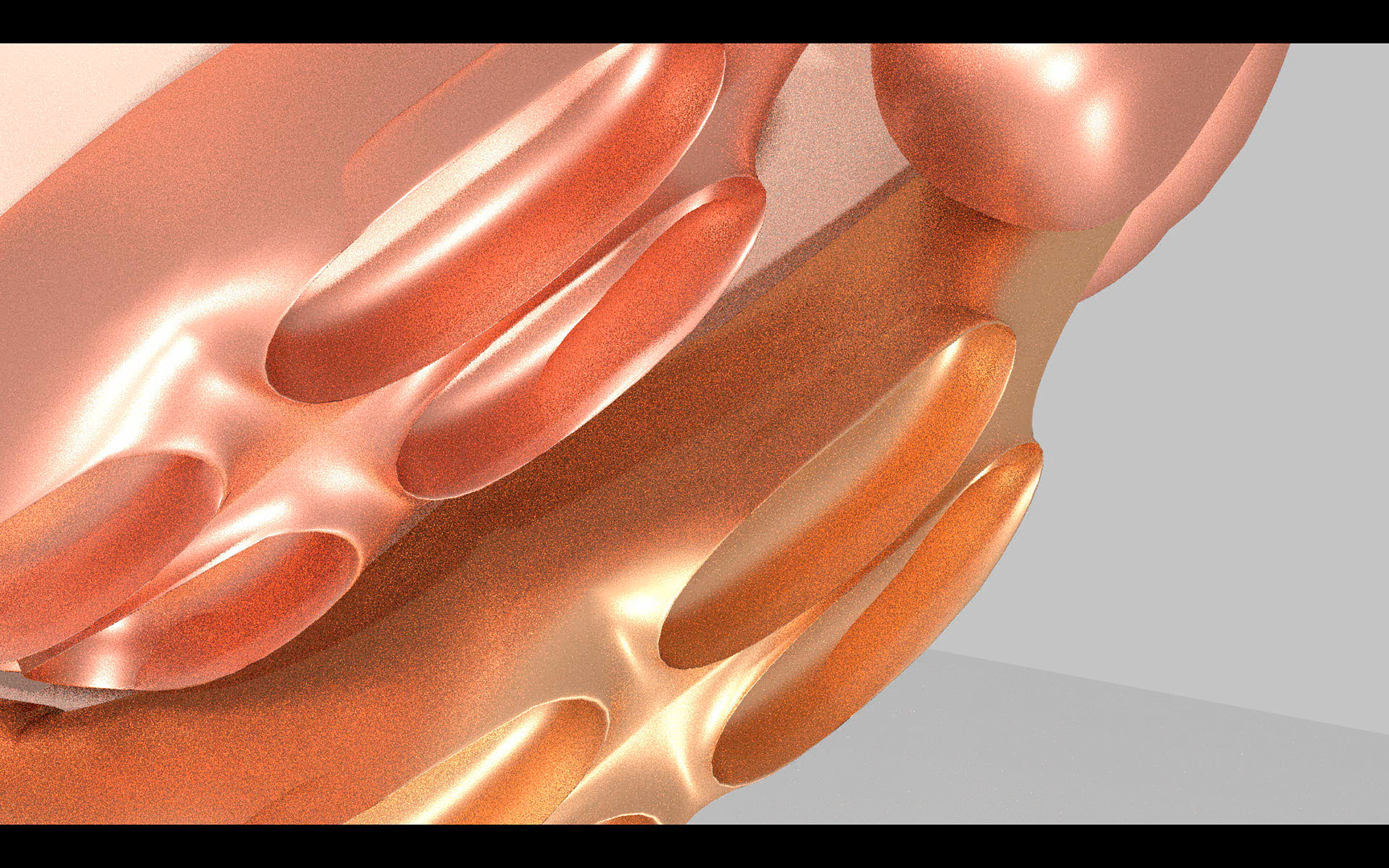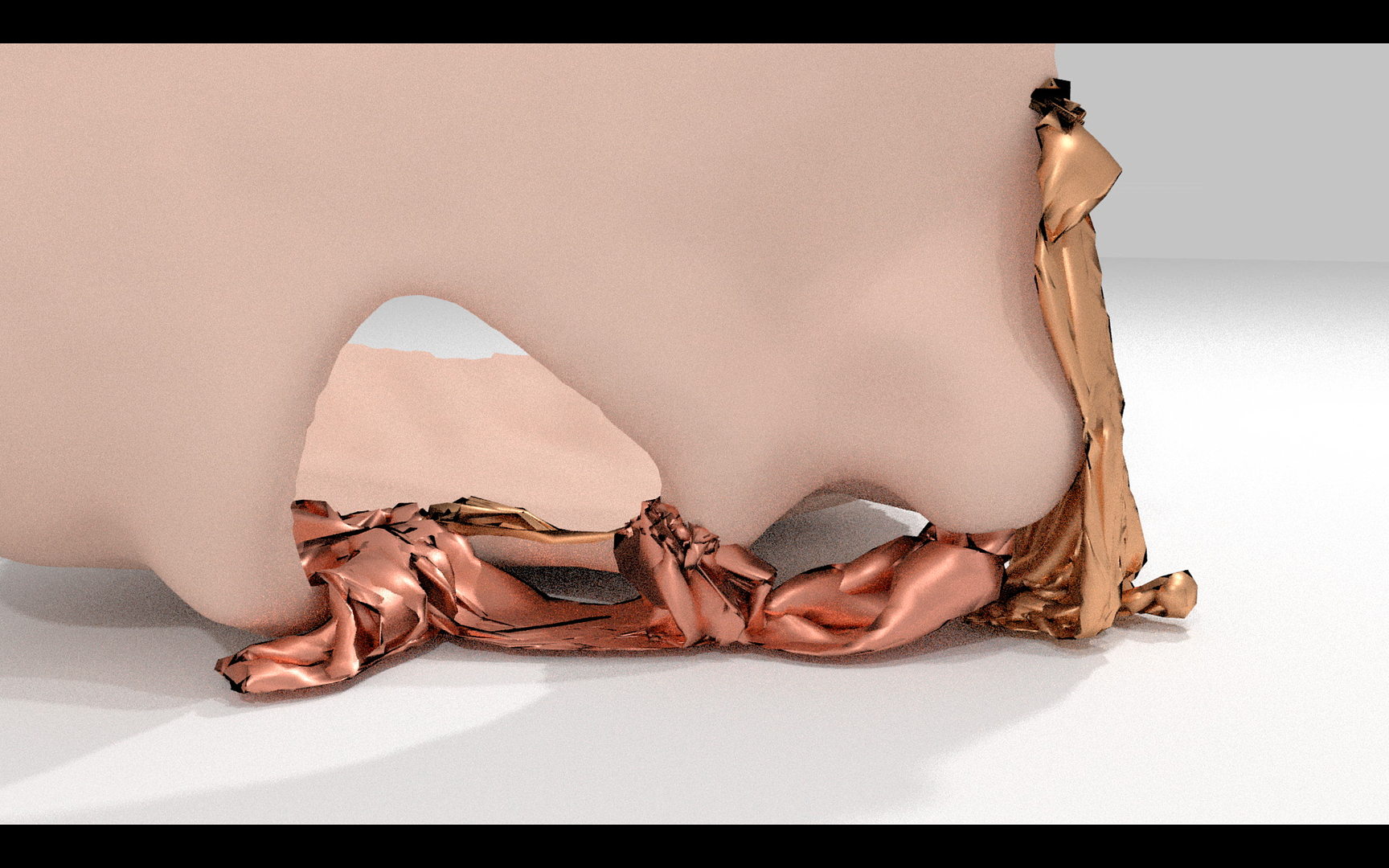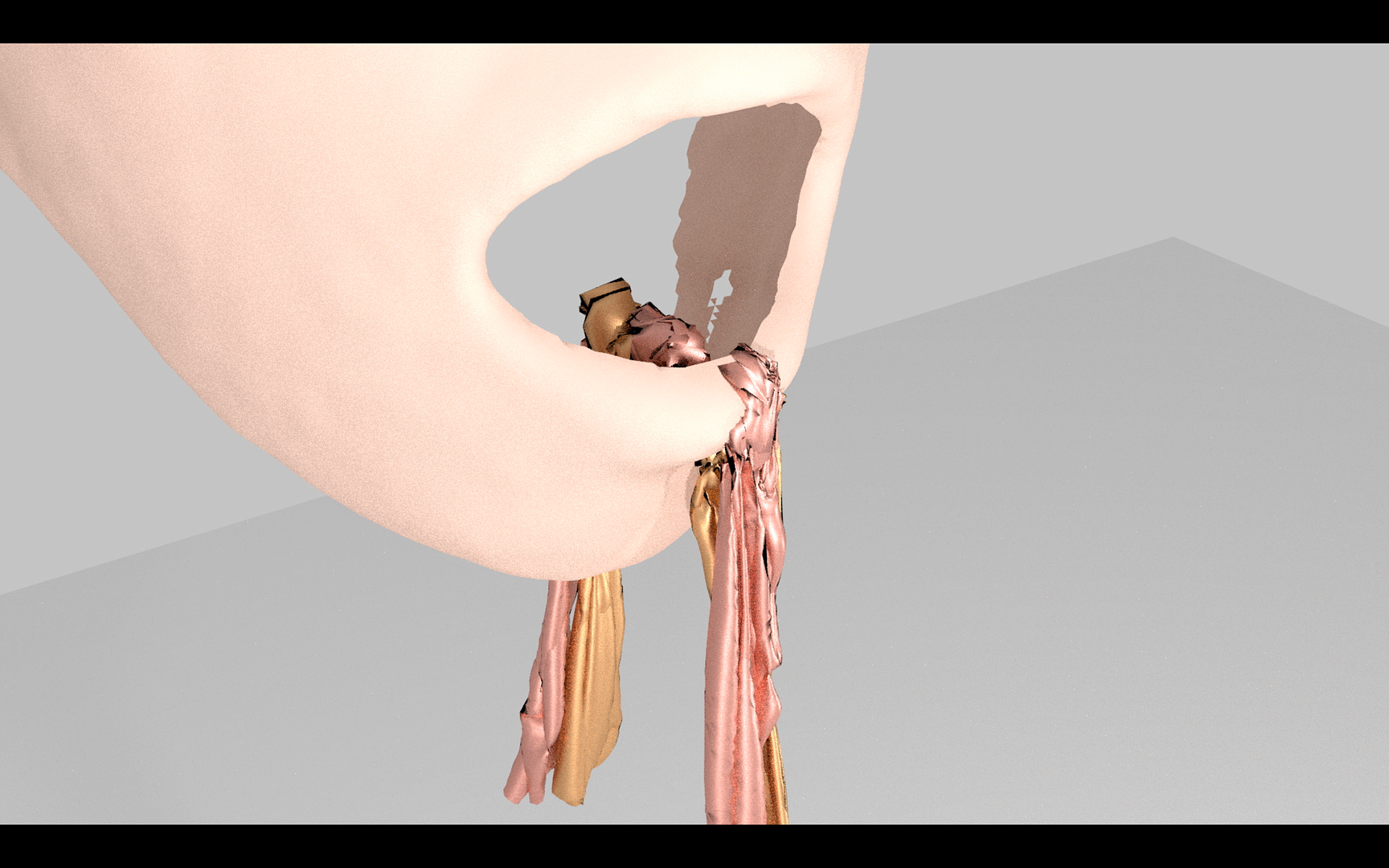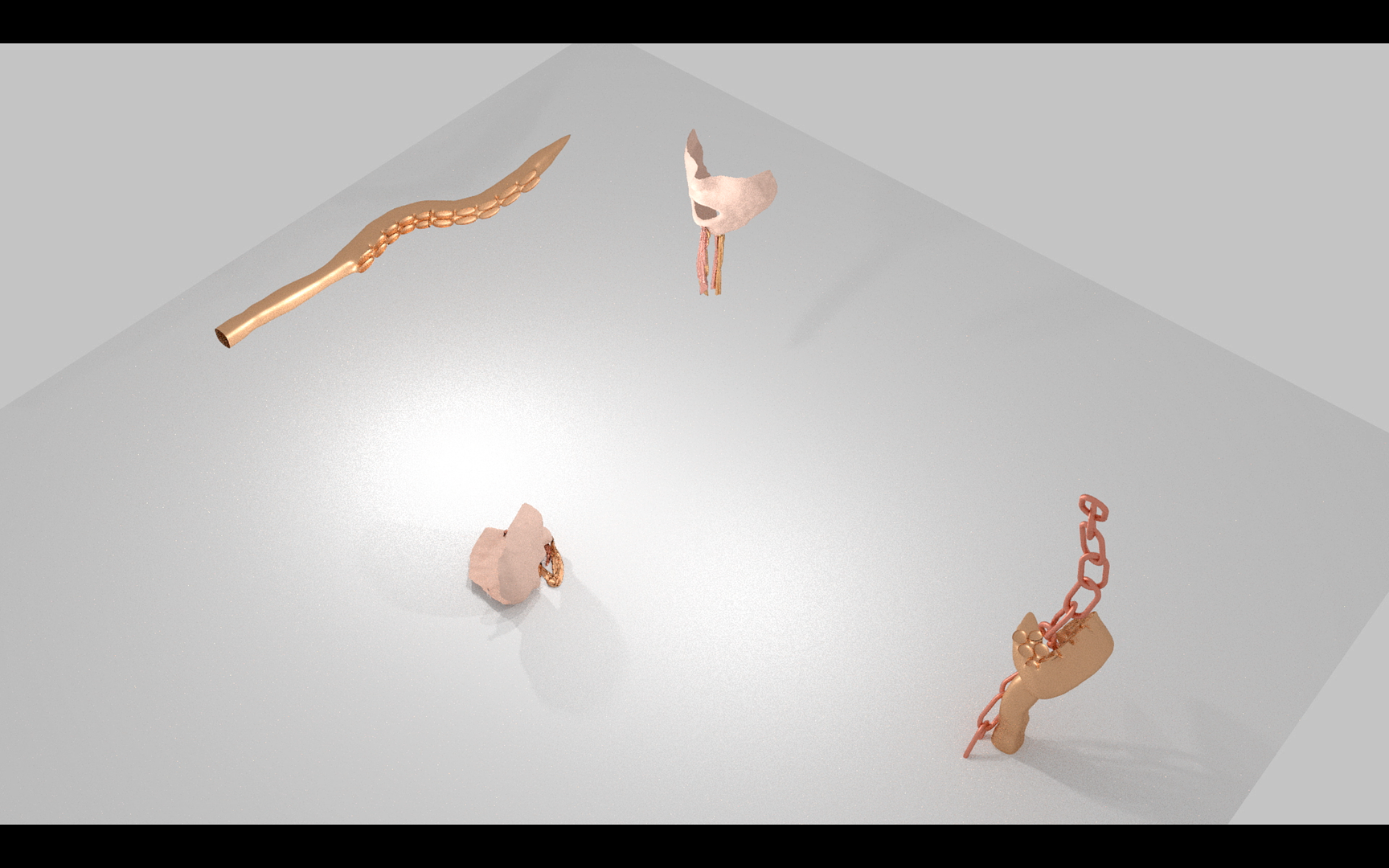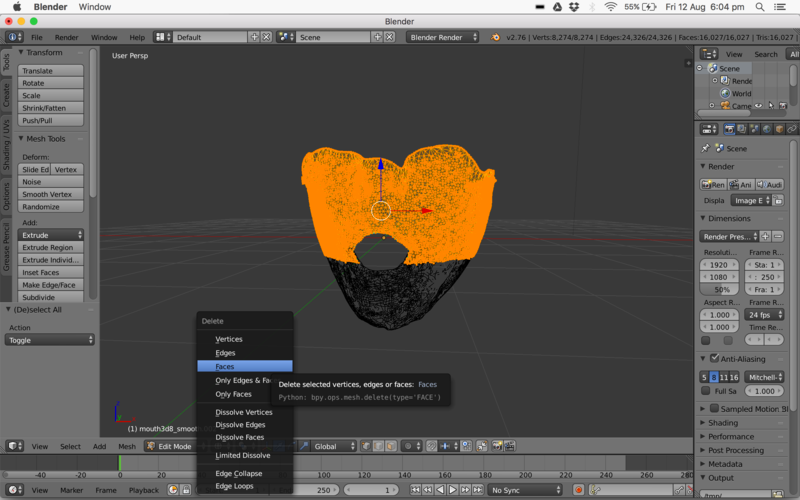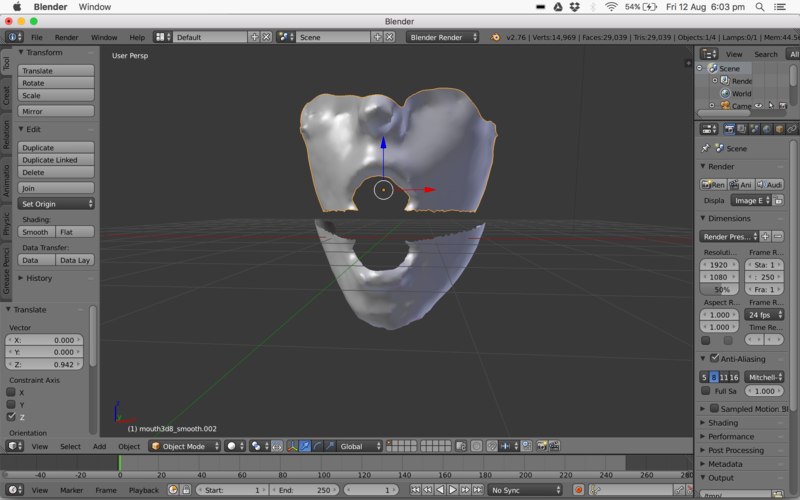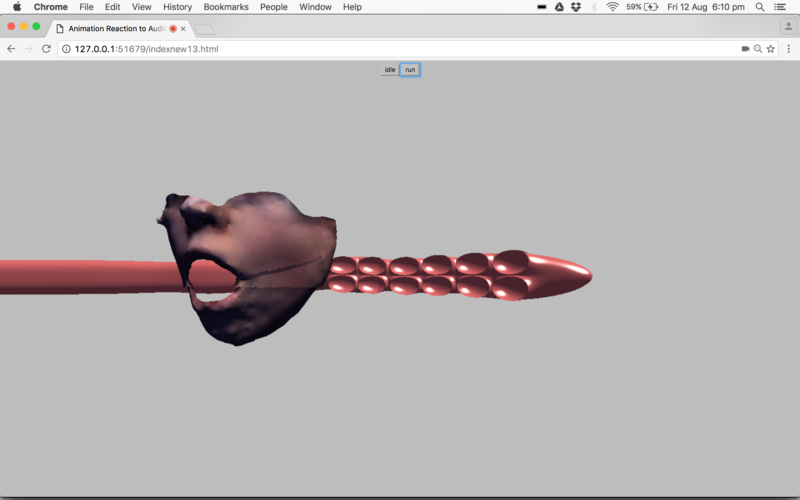On Wednesday 10 August I visited The Body Extended: Sculpture and Prosthetics exhibition at Henry Moore Institute in Leeds, this was a relatively small exhibition that centred on how humans have sought to extend and supplement the body through various devices. This included prostheses in the scientific sense, showing examples from history and how bodies which were fragmented through things such as war and reconfigured. Presenting these medical prosthetics as sculptures in their own right transforms how you view them and you begin to see them existing as beautiful objects outside of the horrors of their intended use. The overall layout of the exhibition consisted of three rooms that led on from one another, but this did leave you expecting more and the spaces themselves were quite densely packed together. The flow from historical medical prostheses to contemporary interpretations of extending the body beyond its biological limits was interesting. The change of space and lighting added to this to give the sense of a transition through a way of thinking, the middle room which contained pieces where new materials and new ideas of the body were presented appeared much brighter. The works in this space were the most interesting to me, Louise Bourgeois’ ‘Henriette’ (1985) dominated the room suspended in the middle and firmly the epicentre. Surrounding this were pieces where materiality was the main focus including Rebecca Horn’s ‘Moveable Shoulder Extensions’ (1971) and ‘Finger Gloves’ (1974), these used sculpture in terms of clothing extensions to the body to exaggerate an isolated area in order to evolve its function. These both show the pushing of the body to improve upon an action already possible and also as a tongue-in-cheek comment on our search for these improvements.


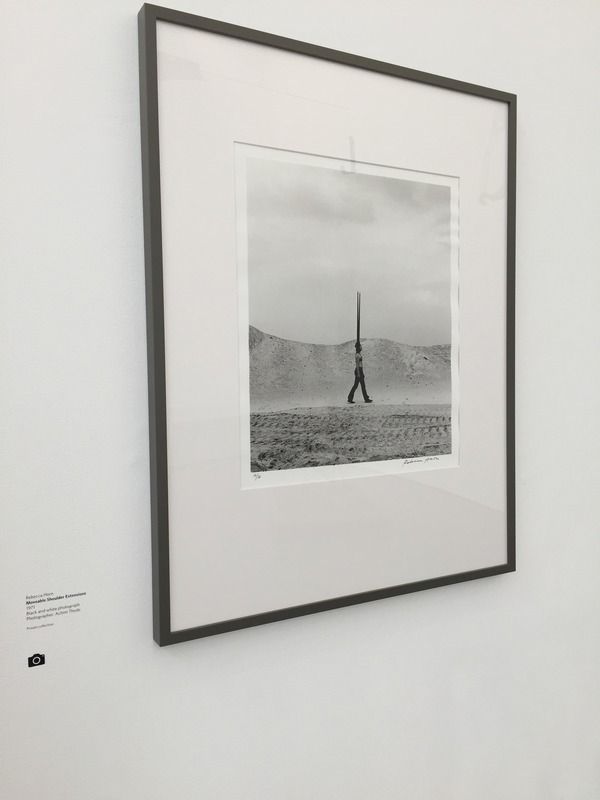
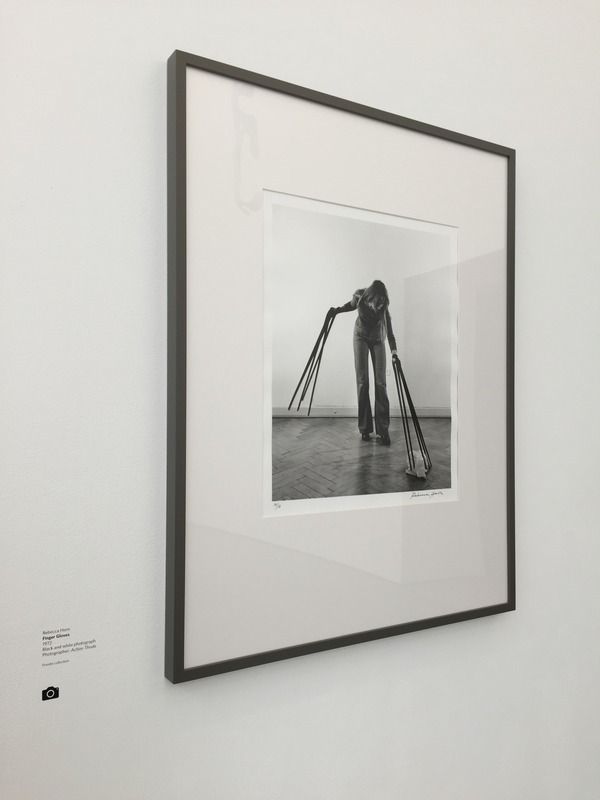
The main piece I was drawn to was Matthew Barney’s ‘The Cabinet of Bessie Gilmore’ (1999), this sculpture used materials to evoke the macabre. Salt, nylon, Vivak, prosthetic plastic and epoxy resin in a nylon and acrylic vitrine were used to create the sculpture that consists of a curved clear plastic corset, a rock of salt over which plastic tubing is draped and finally ends in plastic flats for feet. The glass cabinet that houses it gives the effect of an open casket coffin and we’re the voyeur having a good look. These elements all come together to appear equally erotic and horrific as well as medical, cold and clinical. The visual, while giving the sense of the body, didn’t keep the form of it in its tradition sense. The body was disassembled and reassembled to only show the parts it needed to for the mind to fill in the rest. This exclusion of elements and the re-interpretation of their form mimics what I am attempting to achieve in my project, the extension of the body through a new moulded plasticity that is horrific in its revelations of the human body.
